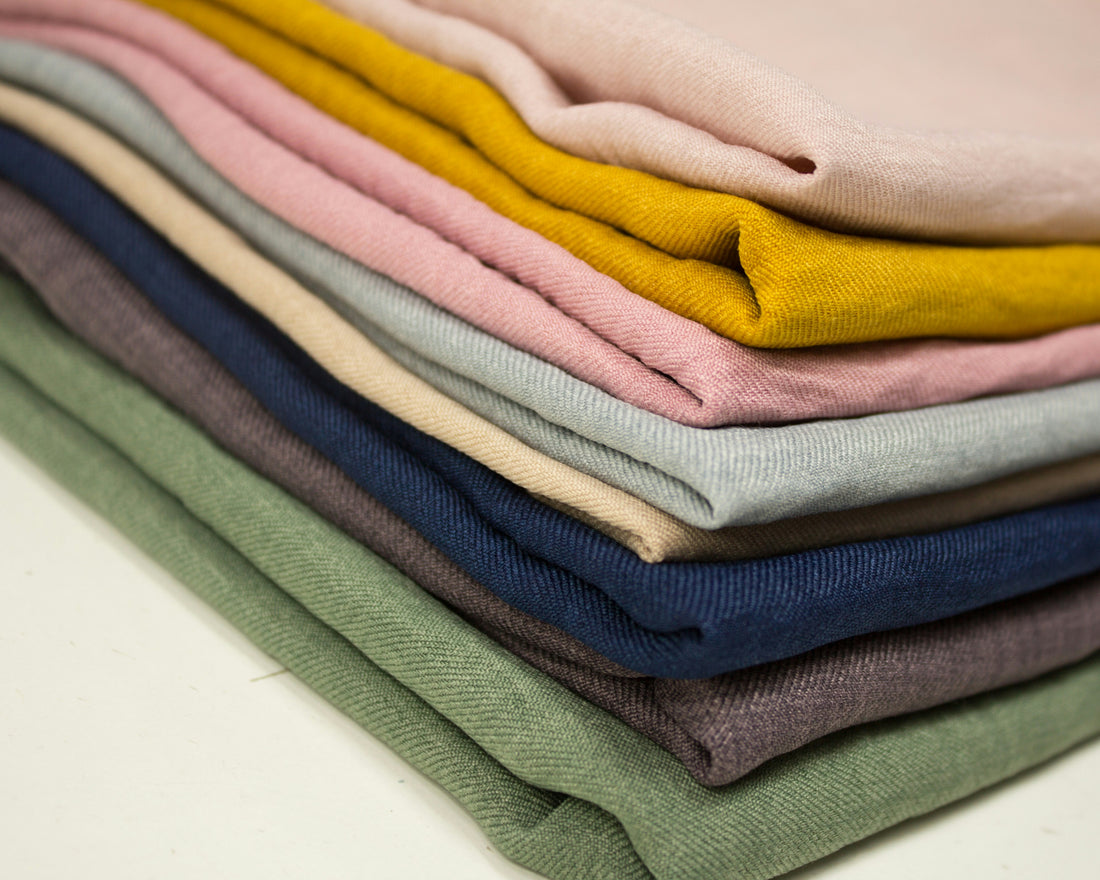
How Linen is made?
Share
Linen is the fabric of royalty and has been so proclaimed ever since ancient times. It is an old and well-known fabric that has retained its popularity over time.
Linen fabric is made from flax fibers, Linum usitatissimum. The plant has been cultivated all around the world; traces of its use have been found in Egypt as far back as 6000 years ago.

1. Planting
Farmers harvest flax after about 100 days of growth. They must plant the crop in cooler months to avoid killing it off with heat stress.

2. Growth
In recent years, flax seeds have usually been sown with machines. Herbicides and tilling are used to prevent a reduction in yields when growing the crop.

3. Harvesting
When the flax stems turn yellow and their seeds are brown, it's time to harvest them. While hand-harvesting is possible, most growers use machines for this process.

4. Fiber Sepration
After the flax stalks have been harvested, they are processed through a machine that removes seeds and leaves.

5. Breaking
After the stalks decompose, they are broken up to separate the unusable outer fibers from their usable inner ones.

6. Combing
Combing the fibers separates them into thin strands; once separated, they can be spun.

7. Spinning
The fibers are spun by first being combed, then joined together with spreaders to form long strands called rovings.

8. Reeling
Yarn is wound onto a bobbin after being spun on a spinning frame.

9. Drying
The yarn is then dried and wound onto bobbins before being dyed, treated—and ultimately used to make clothing, home goods or other textiles.
